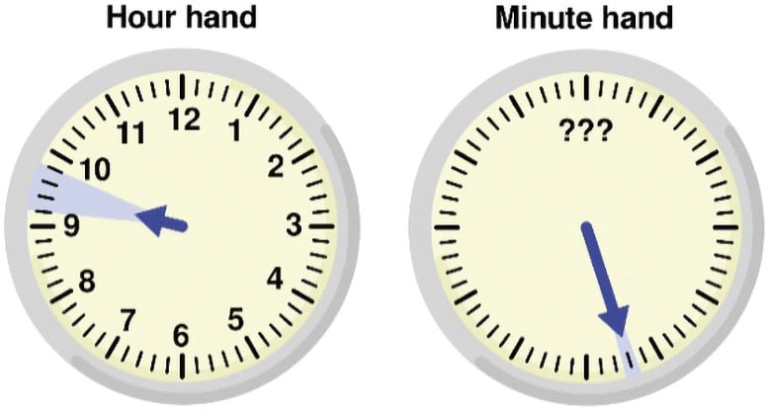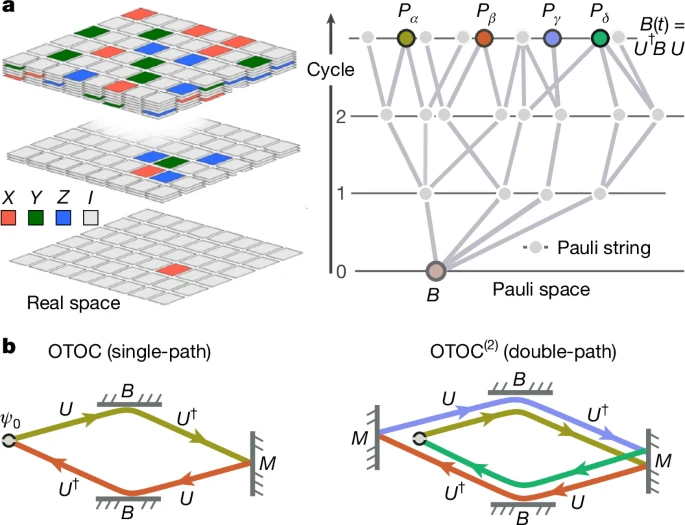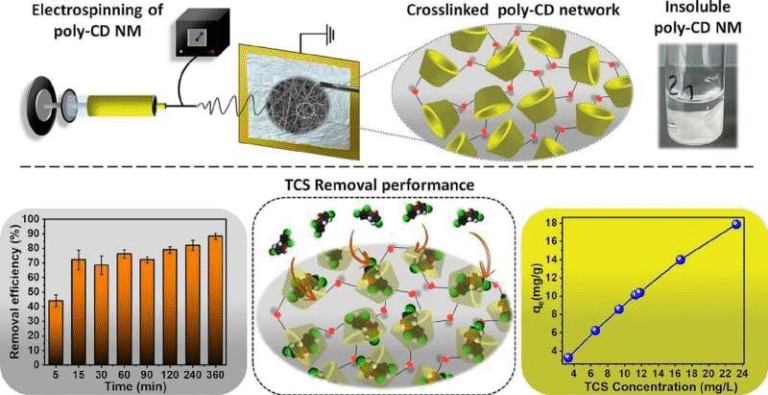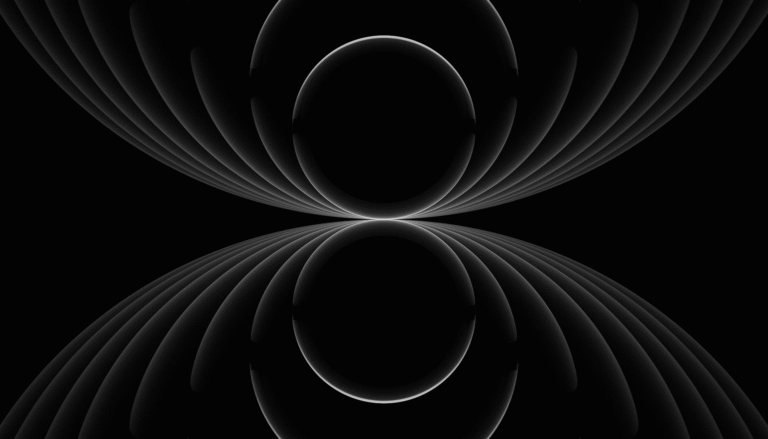A Quantum Twist on Bayes’ Rule: Updating Probabilities in the Quantum World

For more than 250 years, Bayes’ rule has been one of the cornerstones of probability theory, offering a systematic way to update beliefs when new information becomes available. Now, an international team of researchers has taken this rule into an entirely new territory—the strange and non-classical realm of quantum physics.
Their work, published in Physical Review Letters in August 2025, presents what could be called a quantum version of Bayes’ rule, derived from fundamental principles rather than conjecture. This advance not only deepens our understanding of probability but also points toward practical applications in quantum computing, machine learning, and error correction.
Revisiting Bayes’ Rule in the Classical World
To appreciate why this development matters, let’s first recap what Bayes’ rule does in classical probability. At its core, Bayes’ rule describes how to update the probability of an event when new evidence comes in. The classical formula balances three ingredients:
- The prior probability — what you believed before seeing new data.
- The likelihood — how compatible the new data is with different possibilities.
- The posterior probability — the updated belief after accounting for the evidence.
An example makes this clearer. Imagine you feel unwell and suspect you might have the flu. A test result comes back positive. Bayes’ rule combines the prior suspicion (your initial belief you might be sick) with the reliability of the test to produce an updated probability that you truly have the flu.
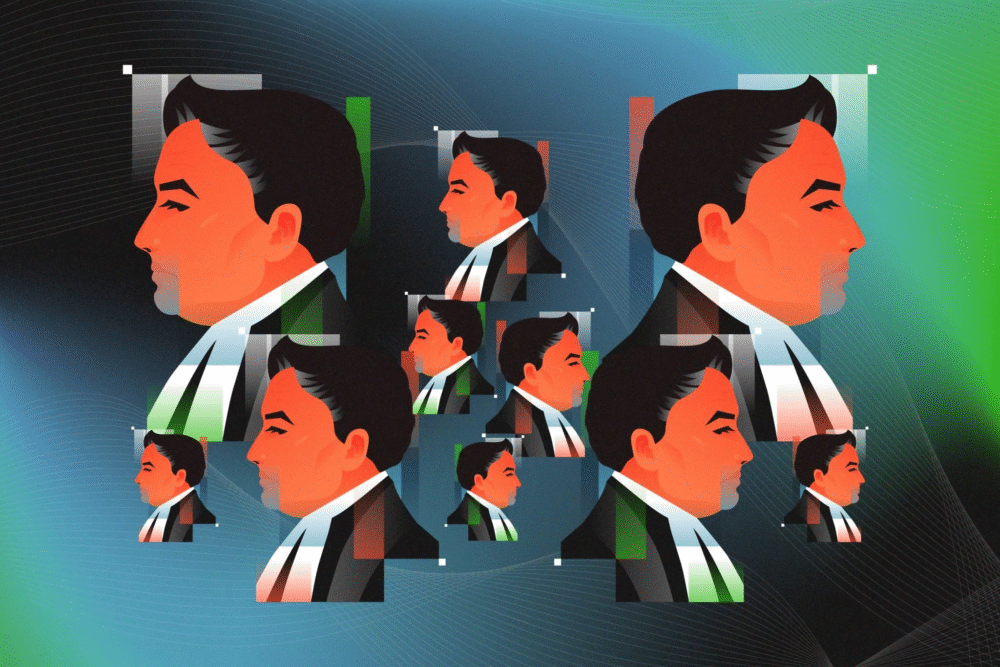
This updating is not arbitrary. In fact, Bayes’ rule follows a principle of minimum change: beliefs should be revised in the smallest possible way that still accounts for the new evidence. This is what makes Bayesian reasoning so powerful and trusted across fields like medicine, meteorology, finance, and machine learning.
Why Extend Bayes’ Rule to Quantum Physics?
If Bayes’ rule works so well in classical settings, why bother with a quantum version? The reason lies in the fact that quantum states themselves are fundamentally probabilistic. In quantum physics, the state of a particle doesn’t point to a single definite reality but encodes the probabilities of finding it in different places or with different properties. Measurement then collapses this range of possibilities into one outcome, providing new information that should, in principle, update our knowledge of the quantum system.
Researchers have long suspected that there must be a quantum Bayes’ rule—a way of updating quantum states that mirrors classical Bayesian inference. Previous attempts had proposed candidates for such a rule, but they lacked a grounding in first principles. The recent work by Ge Bai (Hong Kong University of Science and Technology), Francesco Buscemi (Nagoya University, Japan), and Valerio Scarani (National University of Singapore) is the first to derive a quantum Bayes’ rule starting from a rigorous principle.
The Principle of Minimum Change in the Quantum Setting
The breakthrough comes from extending the idea of minimum change into the quantum domain. In classical probability, minimum change is about adjusting belief distributions in the smallest possible way. In quantum mechanics, beliefs are encoded not in simple numbers but in density operators (mathematical objects describing quantum states). To measure change between these states, the team used a concept known as quantum fidelity.
Quantum fidelity is a measure of how “close” two quantum states are to each other. If two states have high fidelity, they are nearly indistinguishable. By maximizing fidelity, the researchers ensured that the updated quantum state differs as little as possible from the prior state while still incorporating the new measurement outcome.
This is the quantum analogue of the minimum change principle: the system’s description is revised only as much as is necessary to stay consistent with the new facts.
Deriving the Quantum Bayes’ Rule
To carry this out, the researchers considered both the forward process (how a quantum system evolves or is measured) and the reverse process (how one should update beliefs based on the outcomes). They represented these processes mathematically using quantum channels, which describe how input states are transformed into output states.
By maximizing fidelity between the forward and reverse descriptions, they derived explicit equations for how beliefs should be updated in quantum mechanics. In certain cases, their result matched an already known mathematical construction called the Petz recovery map.
The Petz map, introduced in the 1980s by Hungarian mathematician Dénes Petz, had long been considered a promising candidate for a quantum analogue of Bayes’ rule. However, until now it was regarded more as a useful mathematical trick rather than a principle-driven rule. The new derivation validates it by showing that it naturally emerges when one applies the principle of minimum change to quantum systems.
What This Means for Quantum Technologies
The implications of this work go beyond theoretical elegance. A principled quantum Bayes’ rule provides a powerful tool for quantum error correction, one of the most critical challenges in building reliable quantum computers. In quantum systems, noise and decoherence constantly threaten to scramble information. The Petz map has already been studied as a way to recover lost information, and this new justification strengthens its role as a foundation for error recovery strategies.
Additionally, the idea may prove valuable in quantum machine learning, where inference and updating of quantum data play central roles. Just as classical Bayesian methods are vital for training models and refining predictions, a quantum counterpart could guide how algorithms process and learn from quantum data.
Understanding the Petz Recovery Map
Since this result highlights the Petz map, it’s worth briefly understanding what it is. The Petz map is a mathematical operation that attempts to “reverse” the effect of a quantum channel under certain conditions. In other words, if some information about a quantum system is lost through noise or measurement, the Petz map provides a structured way to recover it.
Although it doesn’t always succeed perfectly, the Petz map has elegant mathematical properties that make it highly attractive in quantum information theory. The fact that it arises naturally as the solution to the minimum change principle now gives it deeper meaning: it isn’t just a convenient trick, but part of a principled framework for reasoning about quantum updates.
Broader Context: Probability and Quantum Theory
To fully appreciate this development, it helps to reflect on the concept of probability itself. In classical contexts, probability often refers to long-run frequencies or objective chances. Bayes’ rule, however, frames probability as a degree of belief—a way of quantifying uncertainty based on available information. This subjective interpretation has been debated for centuries.
Quantum mechanics complicates the picture even further. Probabilities in quantum physics are not merely about ignorance; they are woven into the very structure of reality. A quantum state doesn’t simply hide a definite outcome—it fundamentally embodies a spectrum of possibilities. Updating such probabilities isn’t just bookkeeping—it reflects how nature itself responds when observed.
The emergence of a quantum Bayes’ rule bridges this philosophical divide by showing that the same logic that governs belief updating in everyday life can extend into the non-intuitive realm of quantum physics, with suitable mathematical adjustments.
Looking Ahead
The authors of the study suggest that while fidelity was the natural measure to use for deriving their result, other quantum distances or divergences could also be explored. Each might produce a slightly different way of updating quantum states, potentially offering new insights or applications. This opens the door to a broader family of quantum Bayesian rules, each optimized for different contexts.
For now, the derivation of a quantum Bayes’ rule grounded in first principles stands as a milestone in mathematical physics. It confirms long-held intuitions that Bayesian reasoning should have a rightful place in quantum theory and connects this reasoning with a powerful mathematical tool already familiar to the field: the Petz recovery map.
Extra Section: A Quick Primer on Quantum Fidelity
Since fidelity plays a key role in this discovery, here’s a simple explanation. Quantum fidelity measures the overlap between two quantum states. If two states are identical, their fidelity is 1 (maximum). If they are completely different, fidelity is closer to 0.
In practice, fidelity is used in quantum computing to evaluate how close a real system’s state is to the desired ideal state. For example, when running a quantum algorithm, imperfections and noise lead to deviations. Fidelity helps quantify how badly things went wrong. In the new research, fidelity served as the standard for ensuring that belief updates minimally alter the state description.
Extra Section: Applications of Bayesian Thinking in Everyday Life
To connect this back to everyday experience, it’s useful to remember how widely Bayes’ rule already shapes our world.
- Medical diagnostics: Doctors use Bayesian reasoning when interpreting test results, weighing prior knowledge of a patient’s risk factors against new clinical evidence.
- Weather forecasting: Predictions adjust dynamically as new measurements about pressure, temperature, and wind come in.
- Spam filtering: Email systems use Bayesian classifiers to decide whether a message is likely spam or legitimate.
- Machine learning: Bayesian methods are at the core of many modern algorithms, from recommendation systems to robotics.
By extending this logic into the quantum domain, researchers may enable future technologies to reason in similarly structured ways—only this time, about phenomena that don’t obey classical rules.
